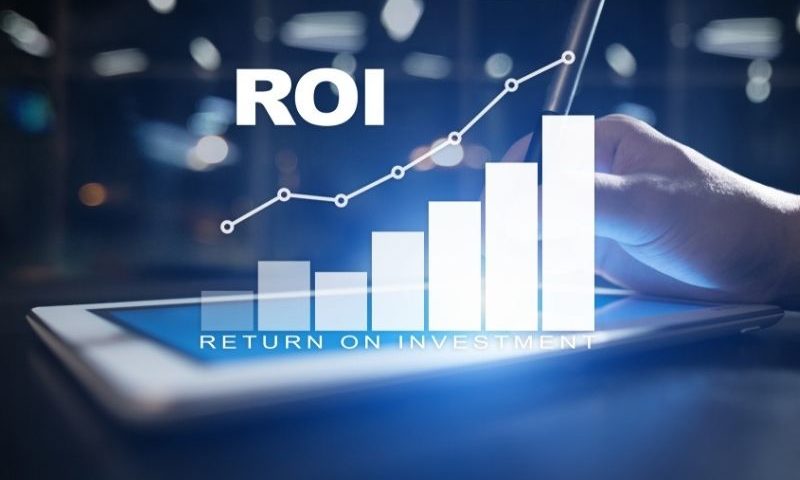Ever think it’s time to re-evaluate some of your metrics? There’s good evidence to suggest that simple ROI by itself isn’t always the right value to look at if you’re trying to gauge the success of your sales and marketing efforts. That’s because ROI doesn’t take into the consideration that there’s a constraint on all your marketing and sales initiatives — in the form of the availability of customers that you have.
There’s not an infinite number of potential clients for you to pick up. In fact, they’re a scarce resource. Because of this, you’ll be needing to go beyond return on investment if you’re trying to pinpoint ways to improve customer value management and maximize the potential for your business. You’ll need to start asking yourself about your return on customer (ROC) and how you can lock in on this critical metric.
ROC Defined
ROC looks at an important question for your business — how much value can you create per every customer you have? When calculating your ROC, you’ll be using a simple formula:
- Determine the profit you gain from a customer in a specific period
- Add the change in the customer’s value during the period
- Divide that number by the customer’s value at the beginning of the period
In other words, your ROC is the sum of your current period profit from a customer, plus change in that customer’s value divided by the value they had at the beginning of the period. Calculating your ROC is just part of the equation, though. You’ve also got to understand why it’s important and what you can then do with this information.
Why ROC Matters
We mentioned that strategies solely maximizing ROI assume that your supply of customers is infinite, while your access to cash is limited. For most businesses, this is hardly the case, and opting to track and act upon ROC allows you to measure efficiency of value creation relative to the amount of customer equity needed to create said value.
For a business, prioritizing ROC and pushing it to the limit will allow them to do more than reap the most of their current profits, but will also allow them to maximize customer equity — the lifetime value of the business’ current and future customers.
In order for this strategy to work in the long run, you’ll need to learn how to balance taking current income and preserving/increasing future customer value, but once you’ve figured out how, you’ll have locked in on a strategy that will help you maximize gains in a big way.
There’s not an infinite number of potential clients for you to pick up. In fact, they’re a scarce resource. Because of this, you’ll be needing to go beyond return on investment if you’re trying to pinpoint ways to improve customer value management and maximize the potential for your business. You’ll need to start asking yourself about your return on customer (ROC) and how you can lock in on this critical metric.
ROC Defined
ROC looks at an important question for your business — how much value can you create per every customer you have? When calculating your ROC, you’ll be using a simple formula:
- Determine the profit you gain from a customer in a specific period
- Add the change in the customer’s value during the period
- Divide that number by the customer’s value at the beginning of the period
In other words, your ROC is the sum of your current period profit from a customer, plus change in that customer’s value divided by the value they had at the beginning of the period. Calculating your ROC is just part of the equation, though. You’ve also got to understand why it’s important and what you can then do with this information.
Why ROC Matters
We mentioned that strategies solely maximizing ROI assume that your supply of customers is infinite, while your access to cash is limited. For most businesses, this is hardly the case, and opting to track and act upon ROC allows you to measure efficiency of value creation relative to the amount of customer equity needed to create said value.
For a business, prioritizing ROC and pushing it to the limit will allow them to do more than reap the most of their current profits, but will also allow them to maximize customer equity — the lifetime value of the business’ current and future customers.
In order for this strategy to work in the long run, you’ll need to learn how to balance taking current income and preserving/increasing future customer value, but once you’ve figured out how, you’ll have locked in on a strategy that will help you maximize gains in a big way.

